20+ SAMPLE Affidavit Form
-
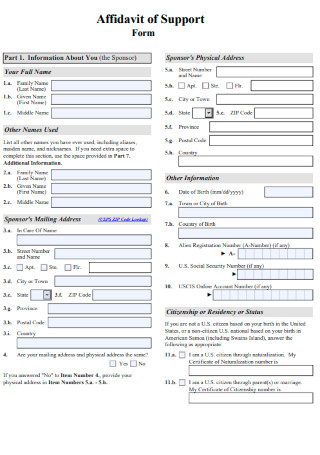
Affidavit of Support Form
download now -
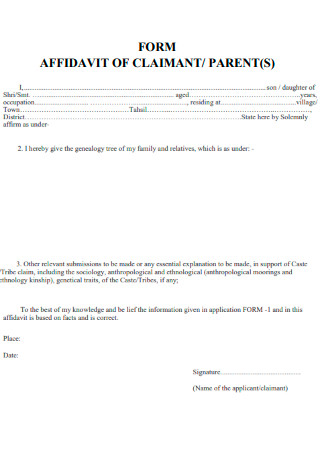
Affidavit of Claimant & Parent Form
download now -
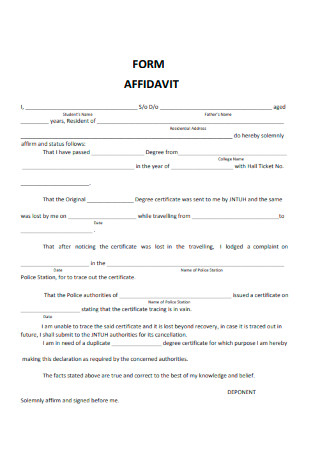
Sample Affidavit Form
download now -
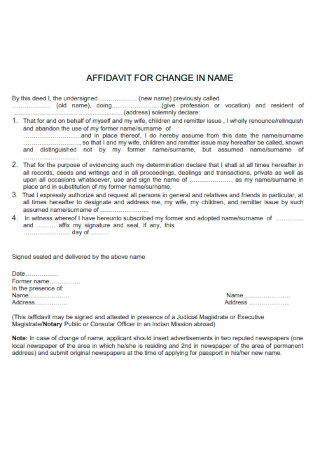
Affidavit for Change in Name Form
download now -
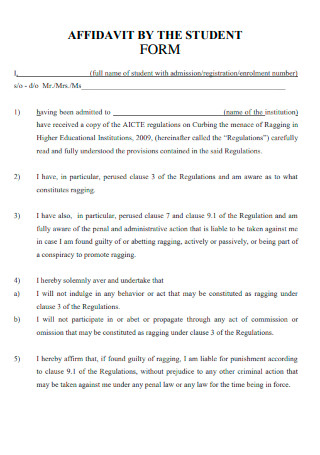
Affidavit by the Student Form
download now -

Affidavit to be Sworn by the Sole Guardian of the Child Form
download now -
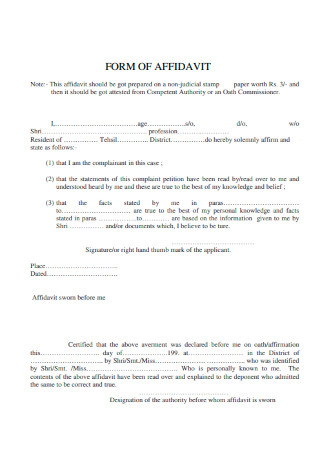
Basic Affidavit Form
download now -

Affidavit Proforma Form
download now -
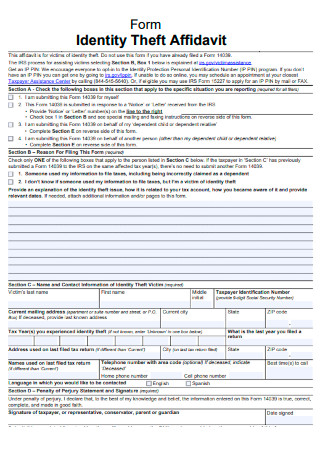
Identity Theft Affidavit
download now -
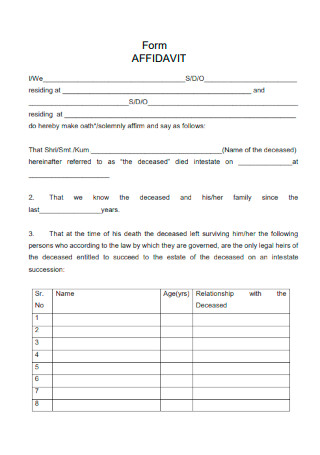
Printable Affidavit Form
download now -
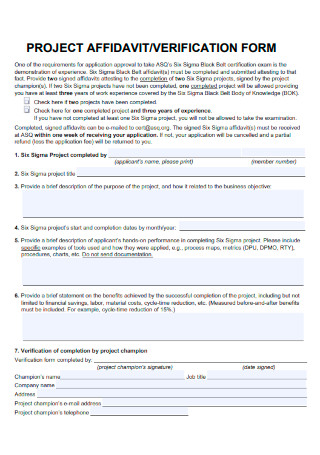
Project Affidavit & Verification Form
download now -
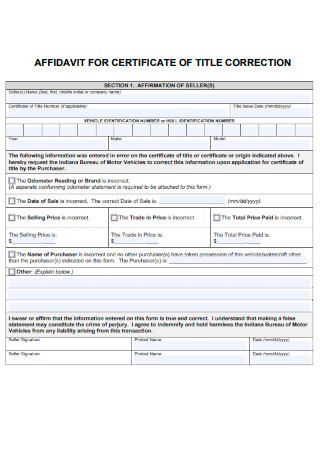
Affidavit for Certificate of Title Correction Form
download now -
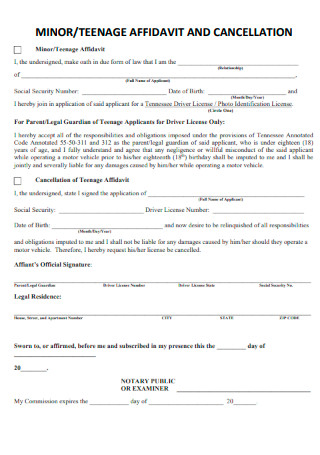
Minor & Teenage Affidavit and Cancellation Form
download now -
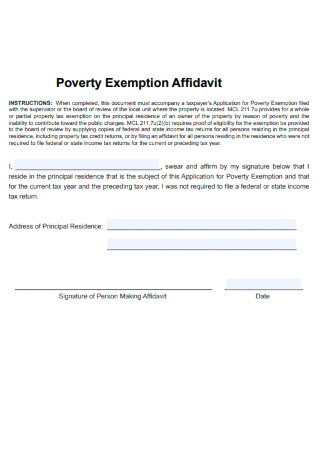
Poverty Exemption Affidavit Form
download now -
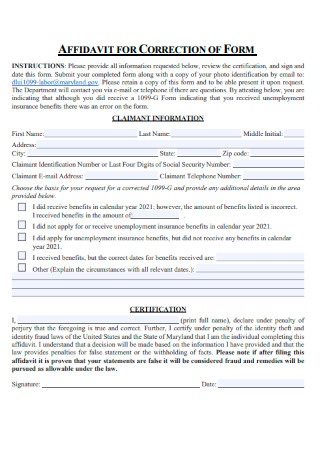
Affidavit for Correction of Form
download now -
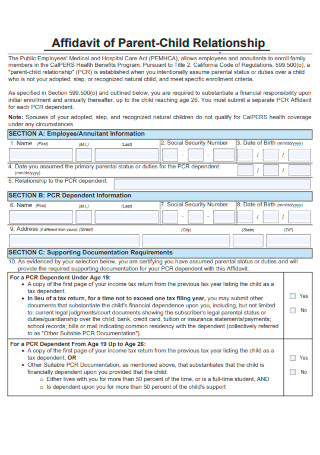
Affidavit of Parent-Child Relationship Form
download now -
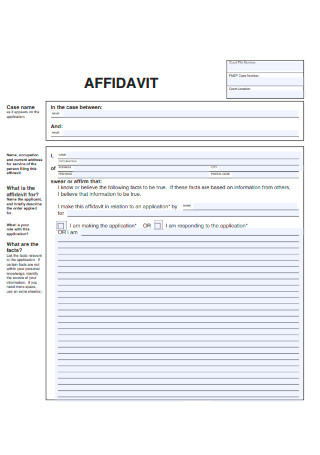
Editable Affidavit Form
download now -
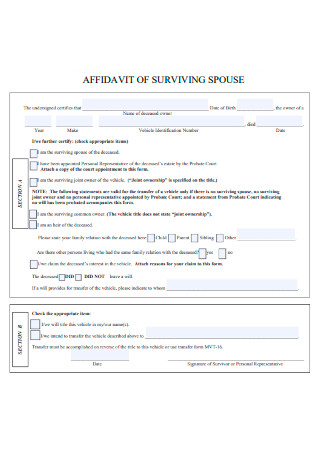
Affidavit of Surviving Spouse Form
download now -
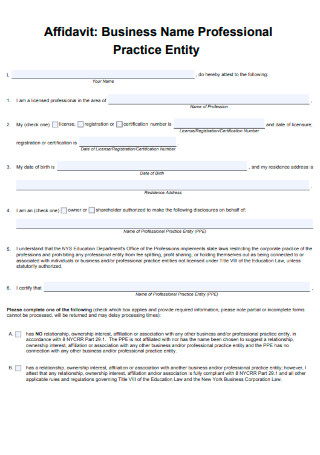
Affidavit of Business Name Professional Practice Entity Form
download now -

Form of Consent Affidavit
download now -
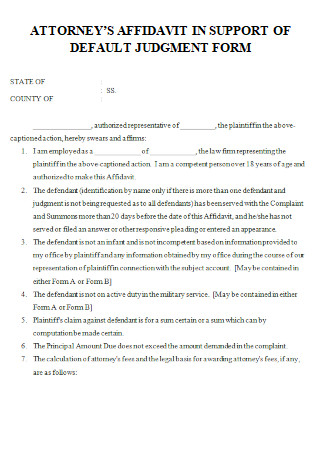
Attorneys Affidavit in Support of Default Judgement Form
download now
What Is an Affidavit Form?
An affidavit form is a format that individuals use to write an effective affidavit. An affidavit form serves as a guide in writing the affidavit. What is an affidavit? An affidavit is a written and notarized sworn statement coming from an individual. There are different reasons for using an affidavit. It can be as a means to attest to the death or birth of a person, to state a place of residence, or as a legal document that defendants and plaintiffs use as evidence in court. When an individual signs an affidavit, they are attesting under the law that a sworn statement that they provide as an affidavit is factual. Another way to describe an affidavit is that it is a type of written court testimony. In a court of law, it equates to the process where a witness places their hand on a Bible while swearing that they are telling only the truth and nothing but the truth. The difference between the oath and the affidavit is that the affidavit is a written statement. The individual is still under oath, but the testimony is on a piece of paper rather than an oral statement. Many government forms can be classified as a form of an affidavit since these documents demand individuals to provide factual information. As such, falsification of these documents results in the charge of perjury.
According to the balance website, the standard fees for notarizing a document still follow state laws, setting the highest charges allowable. Standard notary costs range between 0.25 to 20 US dollars with billing that is on a per signature or per person basis.
Components of an Affidavit Form
Affidavit forms are blank forms that provide a guide for witnesses to construct their statements for a specific purpose. These forms allow an individual to develop a comprehensive affidavit that contains all essential information that makes up the document. The section below covers the parts of an affidavit form that people can use to construct their statements. Each component has descriptions to help readers better understand the purpose of each element in the document.
How To Write or Complete the Affidavit Form
Any individual can write or draft an affidavit. An affidavit is valid as long as the document contains a signature, bears a witness, and has a notary seal. It means that there is no need for a person to ask a lawyer to make one for them. However, it is vital to keep in mind that there are certain types of affidavits that require individuals to provide specific information to fulfill their purpose and meet legal and statutory requirements. The section below details the steps on how to write or complete an affidavit form.
-
1. Indicate a Title to the Document
The first thing to do in filling out the affidavit form is to indicate a title for the document. The title of the affidavit enables its readers to get a grasp of what the document is about. In the title, you can indicate the name of the witness, if it is an open case or the topic of the affidavit. If the purpose of the affidavit is for it to be a court document, the person writing the document must indicate the caption of the case on the title page or heading of the document. The case caption is common in all the court documents for the case. The heading or title of the document includes the name of the court where the case happens, the case number, and the names of the defendant and plaintiff. It also includes the county and state where the person signs the affidavit form, right after the title or heading of the affidavit.
-
2. Write a Brief Statement of Identity
The next thing an individual needs to do after indicating a title to the affidavit is to write a statement of identity. In the statement of identity, the person states their personal information that gives the reader more information about them, including their name, age, current residence, and job title. Provide any information that serves helpful in identifying the person making the statement. The section serves as a preface to the relationship of the witness to either of the parties in the court trial, including the facts that they present in the affidavit. This section of the affidavit form does not have to be lengthy. The aim is to deliver relevant information that weighs on the claims the person makes.
-
3. Compose a Statement of Truth
After the individual introduces themselves in the affidavit form, the next step for them to fill in is the statement of truth. Through the statement, the person assures that every statement they indicate in the affidavit form is accurate. The statement of truth in an affidavit is similar to a witness taking an oath during a court trial. In filling out the statement of truth, make sure to write in the first person to identify the writer by keeping the statement concise.
-
4. Present the Factual Statements
After gathering the necessary information of the individual that is filling in the affidavit form, the next step is about the factual statements. When writing these statements, make sure that all the factual and necessary information is present. Another tip that an individual must remember is to avoid incorporating personal opinions and observations in the affidavit. Every piece of information must remain objective, concise, and clear. The role of the individual completing the affidavit form is to relay information or to tell a story, stating essential details relating to names, addresses, age, and timelines. It is also critical to write an outline of every piece of information a person recalls from a specific scenario, determining the facts that serve relevance to the affidavit. After, arrange them in a coherent and chronological order. Each factual statement that a person indicates must be in separate paragraphs, referencing the supporting documents on an appendix page as necessary. It is also necessary to write the statements using a numbered list.
-
5. Reiterate the Statement of Truth
After identifying all the facts to make an affidavit as a supporting document or evidence, write a closing statement of truth. Construct a quick summary that states the information above is all true to the best of the writer’s knowledge. The section need not be lengthy, similar to the initial statement of truth at the beginning of the document.
-
6. Affix a Signature and Notarize the Affidavit Form
The final step to completing the affidavit form is signing and having it notarized. An individual can complete most of the other parts of the affidavit form before having it notarized. However, when a person is finally signing the document, there must be a presence of a licensed notary attorney or a witness. It is also the role of the individual and the notary public to sign any changes or alterations to the affidavit upon notarizing the document, each page of the affidavit, and the document itself. If there are appendices or reference pages, the notary must sign them as well. Ensure that all the necessary documents are present during the notarization of the affidavit form. It is also vital to bring identification documents, like a government-issued ID card that proves the person signing the affidavit and the person who wrote the affidavit are the same.
FAQs
Can a person download an affidavit form?
Yes, an individual can download an affidavit form that they can fill up to help them write a comprehensive affidavit. There are different websites for a person to download affidavit forms, one of them, Sample.net.
How do you get an affidavit of service form?
The affidavit of service is a form filed in court after accomplishing a type of service. Each license process server has its forms, and these forms are available in most courts in the United States.
What is a self affidavit?
A self-affidavit is more commonly known as a self-proving affidavit. A self-proving affidavit is often attached to the last will.
An affidavit form is an effective document that enables an individual to communicate their statements effectively as a form of supporting documentation. An affidavit form is a valuable document, especially for individuals writing affidavits for the first time. It serves as a guide to supplying accurate and precise information in the affidavit. Guarantee that you have all the necessary detail in an affidavit by downloading from the selection of 20+ Sample Affidavit Form in PDF | MS Word in the article, only from Sample.net.
